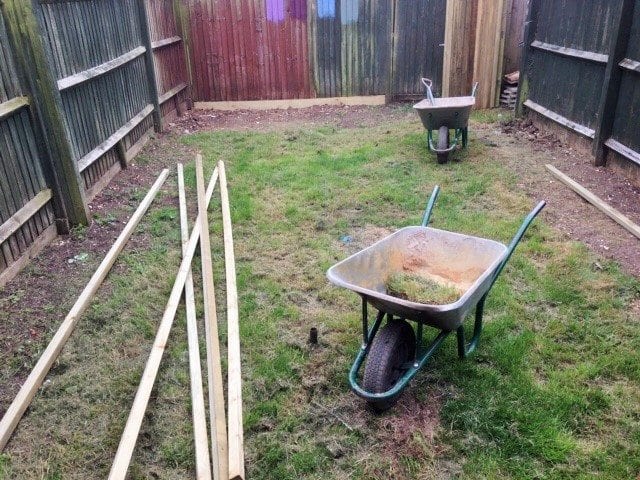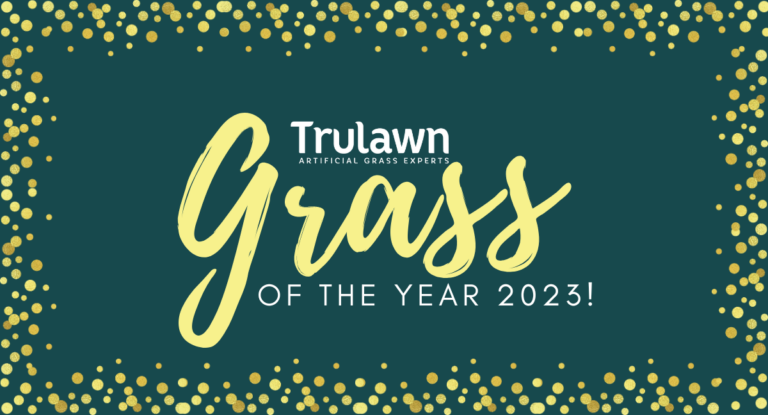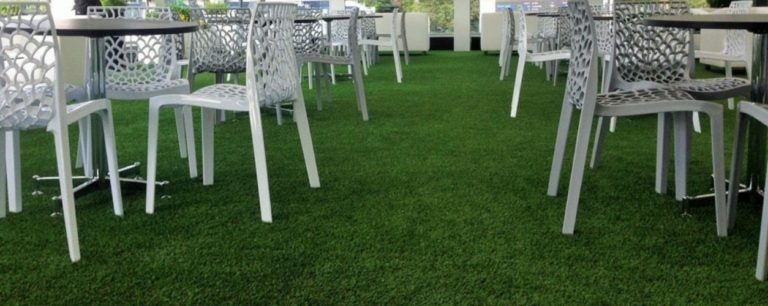We do hundreds of installations a year, and have many years’ experience installing artificial grass. If you’re thinking about having artificial grass installed, or even thinking of undertaking the job yourself we thought we’d let you know some of the top tools to use to get the best results. Per our own tried and tested method of installation and assuming you’ve already got the materials you need, here are some of our tooling recommendations to make sure the job is done professionally and on time.
Sod tiller/Turf cutter. In order to lay your aggregates you’re going to have to dig up your lawn so that there’s no vegetation decomposing unevenly under the new grass. Whilst you can save money by using a spade or fork, if you’ve got a large area a turf cutter will make the work much easier. It might be worth renting one if you’re covering a particularly large area or you’ll spend all day digging!
Saw and hammer. We lay timber edging around the area to make sure the sub-base material is supported and to make it harder for weeds to grow at the edges. Even if you buy your timber to measure, sometimes there are areas that require you making some adjustments. Plus when you eventually lay your grass you will need a hammer to pin your grass to the edging. Make sure you have both of these on hand for the job.
Wheelbarrow. Never underestimate the power of a wheelbarrow! Transporting your dug up turf and laying your aggregates is made much easier by the use of a wheelbarrow, especially if you have a long way to travel between your garden and materials. Definitely the unsung hero of the landscaping world.
Wacker plate/Compactor. This can be used to compact and level off your aggregates, they can also be rented out and are a massive time saver. Doing this manually with the back of shovel can be a lot of effort and be hard on your back but, as with the turf cutter, always remember safety when using equipment like this.
Flooring float. If you’ve compacted your layer of limestone and your layer of grano dust, a flooring float can be used to smooth off the perimeter. Chances are you don’t want to go too close to the edge of your lawn area with your wacker plate in case you catch any patio.
Curved blade. If you have a garden that is an unusual shape you may have to cut your weed membrane or grass in order to fit it. We recommend using a curved blade to cut round edges but you can use a straight edge blade too.
Stiff brush. You may be required to join some pieces of grass together. This can be a tricky thing to do if you’re not a professional as it will affect the finish of your grass. Seam visibility is inevitable even on the most expertly laid grass so make sure you test the join first. When you’re ready to glue, use a stiff brush to even out the glue on the seaming tape.
You can see our method of installation here. We follow this method for all of our installations unless circumstances dictate otherwise. If you would like Trulawn to install artificial grass in your garden contact us on 0800 2100461 for a free quote.



